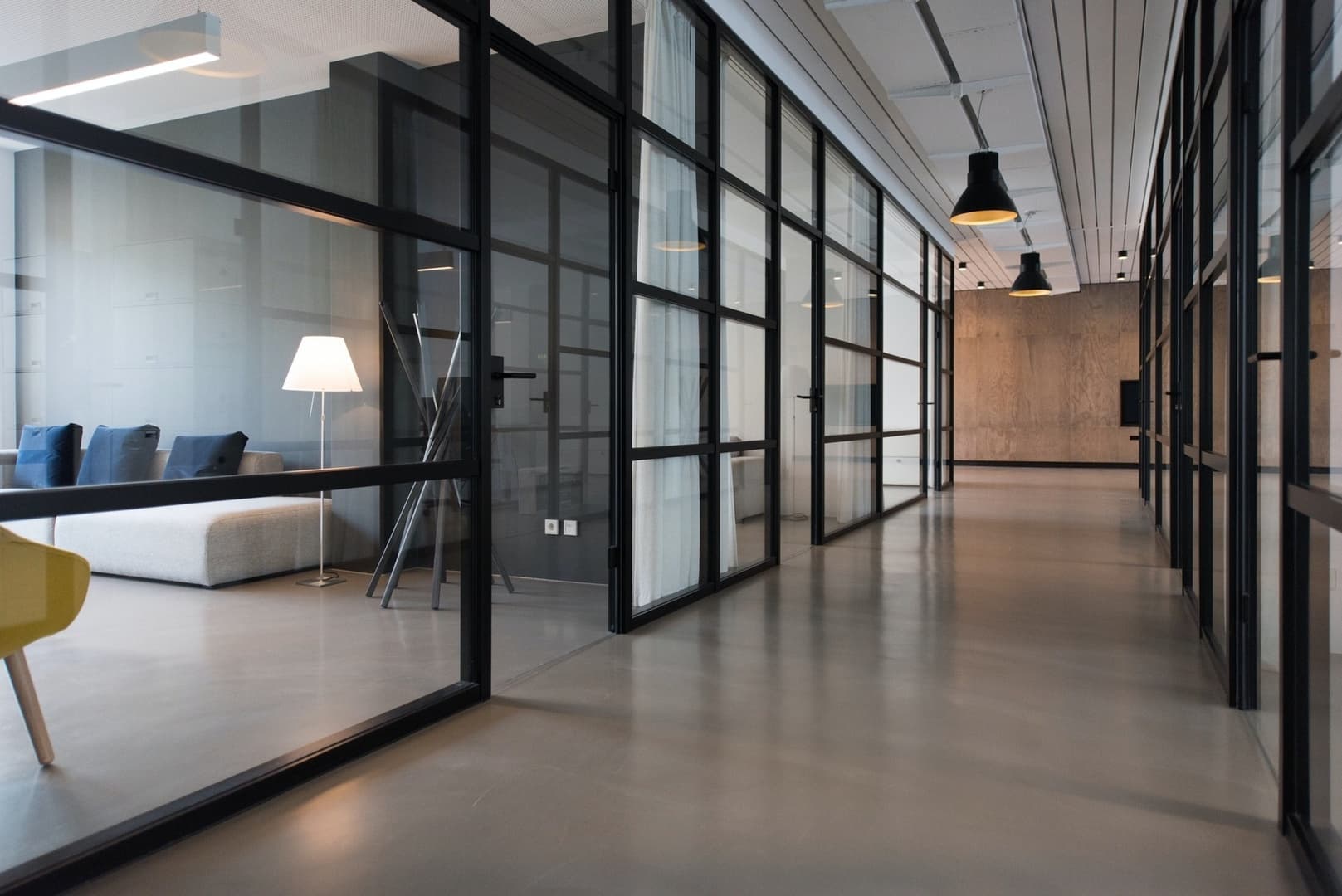High office refit costs prove a drag on new lettings

“If developers and owners hadn’t stepped up to the plate and contributed to refits, and in some cases even shouldered the full cost of a new fit-out, the volume of new leases would have been lower. Factors weighing into a landlord’s decision whether and how much to invest in a fit-out for a particular tenant include the lettable area, the length of the lease and the agreed rent,” explains Lena Popová, Head of Office Agency at 108 AGENCY, which finds suitable premises for tenants and represents them in negotiations with property owners.
Soaring fit-out costs have been driven by multiple pressures, among them the rising prices of building materials, including changes in technology or network engineering, the energy crisis, and the shortage and escalating cost of labour. The average expense now typically ranging between EUR 800 and EUR 1,200 per square metre will result in a more or less bog-standard office fit-out. Higher-quality equipment can push up the investment to well over EUR 1,200 per m2.
“Tenants considering renting 500 m2 need to reckon on a one-off investment of around ten to twelve million crowns. Add to that the cost of the move itself and the office furnishings, and even relatively well-heeled companies will think twice about such an outlay. In fact, this has prompted a good many of them to stick with their current premises and upgrade their existing interiors,” says Lena Popová.
What’s more, tenants who relocate these days are very often finding themselves paying higher rents. New office buildings may tend to be more economically efficient when it comes to energy and other utilities, but developers often have to factor more expensive bank financing and, obviously, construction costs into the rent they charge. This, combined with inflation, accounts for the fact that the highest asking prices for new office lets in Prague topped EUR 30 per m2 per month in Q2.
The team at 108 AGENCY, a real estate consultancy, point out that the high cost of fit-outs is not limited to new leases, but also applies to refits of existing premises. Most tenants are required to restore the premises to their original (usually shell and core) condition at the end of the lease. One of the reasons for this is that an investment in a bespoke office fit-out is treated as a technical enhancement of the building and so needs to be either tax depreciated or disposed of at the end of the lease. That is why property owners usually insist that tenants comply with this contractual obligation. As a result, high-quality and costly furnishings that could be reused by new occupants, such as partitions, doors, carpeting and built-in furniture, are often stripped out at the end of a lease.
“The fact that we are seeing a huge waste of resources – construction, financial and human – in this respect makes us keen to initiate changes to legislation. The situation as it stands runs directly counter to the principles of sustainability. Though landlords and tenants alike are trying to reduce their carbon footprint in every possible detail, there remains a void where the potential for hundreds of millions of crowns a year that could continue to serve or help the circular economy is irreversibly lost,” says Jakub Holec, 108 AGENCY’s managing director.



